Request Appointment
Enter your details and we will be in touch with you shortly;
Or call
8655885566
between 8 am and 8 pm.

A condition that causes the spine to curve sideways
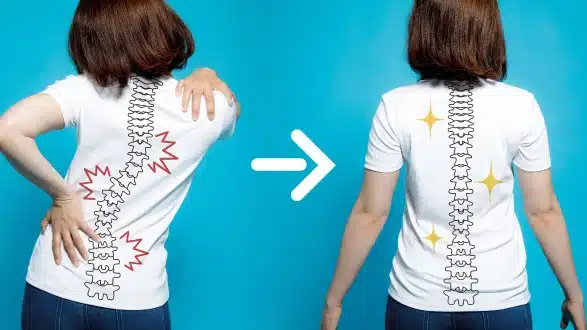
Scoliosis refers to how the spine curves unnaturally. The deviation is usually more than 10 degrees, going sideways in a ‘C’ or ‘S’ shape. The most common occurrence is during adolescence (Adolescent Idiopathic Scoliosis), but this condition can be present at birth as well. Scoliosis affects around 2% to 3% of people in India, and 2% is estimated worldwide. Scoliosis has visible physical symptoms.
To detect and monitor it, one requires a personalized approach and applies it early, as soon as the disease is suspected. Combining non-surgical strategies (including physical therapy for scoliosis and chiropractic care for scoliosis) with proper spinal curvature correction ensures the best outcomes for long-term scoliosis management.
Congenital scoliosis (being born with the condition) can go undiagnosed and progress during the child’s growth period. However, early intervention will help you get started with personalized scoliosis relief treatment. Some of the symptoms are:
Sometimes, the symptoms may not be too aggravated, but screening is still required to catch the condition early. Get an immediate scoliosis relief therapy started under a doctor’s supervision if: Scoliosis is a progressive disorder, and children need to be screened regularly.
Scoliosis affects the spinal column and specifically targets the vertebrae. Scoliosis is a medical condition that can occur in any section of your back. This is due to some differences based on age as follows:
 Professional diagnosis required
Professional diagnosis required Chronic, can last for years
Chronic, can last for years Treatable with 8 weeks of QI Spine Therapy
Treatable with 8 weeks of QI Spine TherapyScoliosis is mainly caused by genetic factors. If the child’s parents or siblings were affected by scoliosis, the child is susceptible as well. Scoliosis progresses more rapidly in girls than in boys.
Scoliosis is a medical condition that usually involves the lateral curvature of the spine and is associated with several complications that relate to the health of an individual as well as body functionality. These complications are numerous and will worsen with the advancement of the curve to some extent in the future. A comprehensive management plan for these complications often involves regular scoliosis treatment alongside personalized scoliosis therapy programs. The following are the complications that are associated:
Exercise of the various back muscles and joints makes them uneven, making it hard for an individual to get comfort and ease in flexing the back.
Abnormal curvature may therefore actually show on the body as a deformation of the spine, which interferes with the shape of the body.
In severe deformity, even the thoracic cavity may be affected with lung and chest possible problem like difficulties in breathing caused by complications in the heart.
This is mainly due to the compression of nerves, which arise from the deformed spine, the occurrence of numbness or tingling, or even weakness in the limbs.
They include overloading of some of the spinal joint components beyond normal use and abuse of some forms that cause deformity and arthritis.
The causes of such a process could be attributed to congenital defects in the vertebrae through which leakage of the cerebrospinal fluid is possible.
Many patients benefit from non-surgical scoliosis treatment options aimed at spinal curvature correction through bracing, targeted exercises, and posture correction. Diabetic patients striving for healthy kidneys must be closely monitored to detect any problem early as well as manage the conditions that can lead to further deterioration of organ functions, thus ensuring long-term mobility and quality of life is achieved.
 Professional diagnosis required
Professional diagnosis required Chronic, can last for years
Chronic, can last for years Treatable with 4 weeks of QI Spine Therapy
Treatable with 4 weeks of QI Spine TherapyIt is always recommended that children be screened every 4-6 months for early detection of scoliosis. Once diagnosed, the following steps are taken:
Research has also established that there are specific non-conventional treatments for scoliosis that do not correct the spine curve. For example:
Comprehensive management strategies, such as scoliosis relief treatment and scoliosis relief therapy, offer more promising results. However, they are advised to seek other research-validated methods in dealing with the consequences of infections. These treatments fall under the umbrella of non-surgical scoliosis treatment and typically include a combination of structured scoliosis physical therapy, scoliosis exercises and stretches, and posture correction for scoliosis to gradually improve alignment.
 Professional diagnosis required
Professional diagnosis required Chronic, can last for years
Chronic, can last for years Treatable with 4 weeks of QI Spine Therapy
Treatable with 4 weeks of QI Spine TherapyIt is always recommended that children are screened every 4-6 months for early detection of scoliosis. Once diagnosed, the following steps are taken:
 Professional diagnosis required
Professional diagnosis required Chronic, can last for years
Chronic, can last for years Treatable with 4 weeks of QI Spine Therapy
Treatable with 4 weeks of QI Spine TherapyThe assessment of scoliosis can be diagnosed based on clinical examination to determine the correct severity of the spinal curvature, which informs the treatment planning. The process includes the following steps:
According to the details, the prescribed treatment plan is a result of an assessment of the patients’ conditions. A personalized plan may include:
This diagnostic and evaluation method, in addition to defining the state of spinal deformity, sets the foundation for an appropriate and most effective treatment approach for both nonoperative and in some cases, surgical interventions.
QI Spine doctors have over 9000 hours of specialization in treating back and neck conditions. A detailed medical analysis is carried out, including pain history, how pain impacts your nerves, your range of motion, and testing of nerves and muscles. Over the digital sphere, QI Spine analyzes your scoliosis with DSA (Digital Spine Analysis). It figures out the exact root cause of the pain.
CT scans, MRIs, and X-rays often fail to pinpoint the exact source of pain, whereas DSA directly analyzes muscle tissue to identify the root cause. Here is how DSA is conducted & its benefits:
After the thorough analysis of your scoliosis doctor will design a personalized scoliosis relief therapy for you. The therapy follows the whole patient's journey, and our spine doctors will guide you from the first day of consultation to the post-care. Also, the doctor and you both can track the treatment details over QI Spine’s app. The app also allows you to map your exercise routine, schedule your video consultation or in-clinic appointment, and track your recovery progress.
 Professional diagnosis required
Professional diagnosis required Chronic, can last for years
Chronic, can last for years Treatable with 4 weeks of QI Spine Therapy
Treatable with 4 weeks of QI Spine Therapy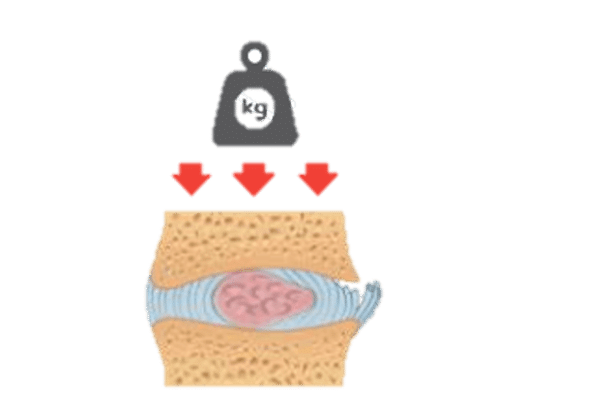
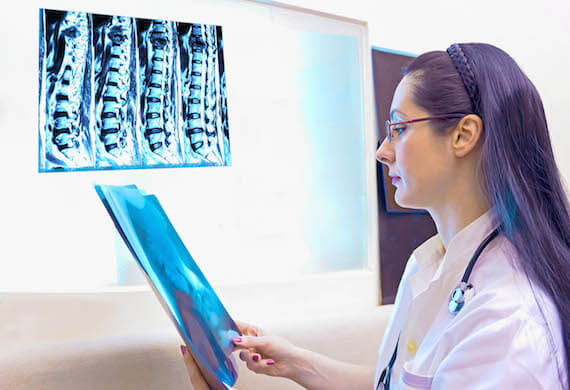

Have a question?
Ask our spine specialists
Who is a QI Spine Specialist?
A QI Spine Specialist is a medical expert with

Dr. Nidhi Sanghvi Shah
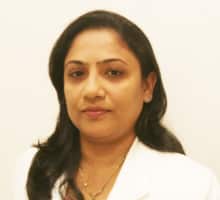
Dr. Shital Gaikwad
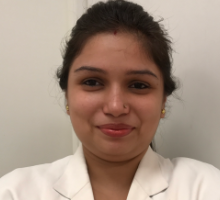
Dr. Richa Bhatia
9000 hours
of specialisation in treating back and neck conditions
32 hours
of spine physiotherapy specialisation methods in McKenzie concepts, Kinetic control, Neurodynamic solutions, Mulligan’s concepts
500 hours
and 6 months of QI Spine specialisation courses
Yes. The situation is similar in the case of mild to moderate structural scoliosis and their socially healthy active lifestyle does not restrict them at all. Regular monitoring and appropriate scoliosis therapy help maintain good posture and function.
It is most effective before the attaining of skeletal maturity that is during the teenage years, particularly ages 16-18. If the curve does not progress, surgery can be further, as nonsurgical curves do not have great changes.
Scoliosis meaning concerns an S or C shaped curvature of spine not accompanied or related to paralysis, occurring at an extent of 10 degrees or more and affecting stability of the posture.
Scoliosis brace is worn by children and adolescent with growing spine and curve measures between twenty five to forty five degree that requires correction. It exerts mild force to some extent to help the spine straighten as the body develops.
The minor curves that are below 20° may not progress and they may even appear to decrease during the periods of growth spasm, however, spontaneous improvement is not likely to occur commonly. It also includes the monitoring to check when it has taken a bad turn and with this kind of monitoring interventions can be done on time.